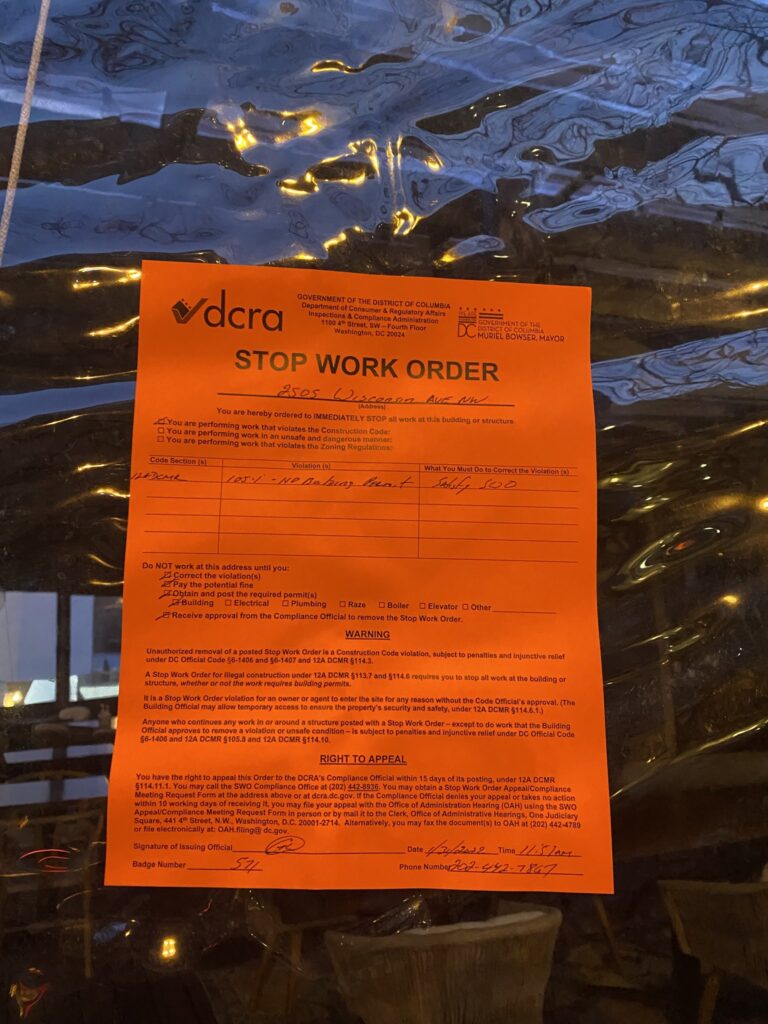

Navigating the labyrinthine world of permits and regulations for popular outdoor spots can be incredibly frustrating. From campsites to hiking trails, the quest for permission often feels like an uphill battle, filled with confusing paperwork and seemingly endless delays. This in-depth exploration delves into the complexities of acquiring permits and regulations for outdoor recreation, analyzing the sources of the frustration and offering practical strategies to overcome common obstacles. We’ll examine the specifics of the bureaucratic process, highlight the key challenges faced by outdoor enthusiasts, and ultimately provide actionable solutions for a more positive and productive interaction with local authorities and environmental regulations.
The Frustrating Bureaucratic Process
The Complexities of Permitting
The process of obtaining permits for outdoor activities can often be excessively complex and time-consuming, particularly for popular spots. This stems from a myriad of factors, including the need to balance public enjoyment with environmental protection and resource management. Permits, by their very nature, must ensure sustainability, and often incorporate intricate criteria relating to waste management, visitor capacity, and environmental impact assessment. Sometimes, even seemingly simple permits require extensive documentation and detailed plans – potentially adding weeks or even months to the preparation time.
Environmental Regulations and their Impact
Balancing Enjoyment and Conservation
Environmental regulations are crucial for preserving the beauty and integrity of our natural spaces. The stringent guidelines governing outdoor activities aim to minimize environmental impacts, such as trail erosion, habitat disturbance, and pollution. However, these regulations can also present significant hurdles for individuals and groups seeking access to popular outdoor spots. Balancing the need for conservation with the desire to enjoy these spaces is often a delicate act, requiring meticulous adherence to a wide array of regulations.
Overcrowding and Capacity Management
Maintaining Balance in Popular Spots
In high-traffic areas, managing visitor capacity is essential to preserve the natural environment. Overcrowding can lead to increased strain on resources, damage to trails, and disruption of wildlife. Permitting systems often incorporate limitations on the number of visitors allowed in certain areas at any given time. Furthermore, regulations around camping or parking are frequently implemented to mitigate congestion and ensure a positive experience for all.
Lack of Transparency and Communication
Streamlining the Permitting Process
One of the most significant sources of frustration for outdoor enthusiasts is the lack of transparency and clear communication regarding the permitting process. Often, regulations and requirements are unclear or outdated, leading to unnecessary delays and confusion. This problem can be exacerbated by a lack of readily available resources or qualified support for navigating the permitting process.
Practical Solutions and Strategies
Overcoming Permitting Obstacles
Navigating the permitting system effectively requires proactive planning and clear communication. Researching local regulations thoroughly well in advance, understanding the specific criteria for the desired activity, and assembling the necessary documentation can significantly reduce the potential for delays and difficulties.
Community Engagement and Collaboration
Fostering Cooperation and Support
Working with local authorities and conservation groups can often expedite the process and facilitate better understanding. Engaging in conversations and actively seeking input can create a more cooperative approach to environmental protection and resource management.
Technological Advancements
Utilizing Digital Resources
Digital tools and platforms can streamline the process by providing access to current regulations and application forms. These online resources can also facilitate quicker processing times and ensure accurate communication.
Frequently Asked Questions
What are the most common reasons for permit denial for outdoor activities?
In conclusion, navigating the bureaucratic maze of permits and regulations for popular outdoor spots can be incredibly frustrating. However, understanding the process, advocating for your interests, and seeking collaborative solutions can make the journey significantly smoother. By engaging with local authorities, respecting environmental regulations, and fostering community support, you can contribute to the responsible enjoyment of these treasured locations. For further assistance and to make the most out of your outdoor adventures, visit our website for comprehensive guides, tips, and resources on permit applications and outdoor recreation.